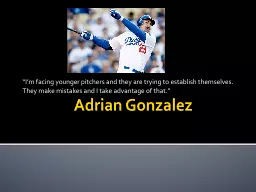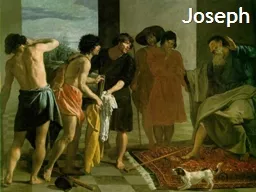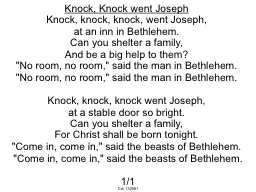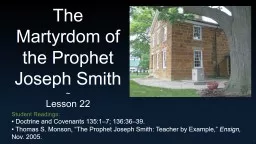PPT-Joseph Gonzalez
Author : liane-varnes | Published Date : 2017-08-02
Joint work with Yucheng Low Aapo Kyrola Danny Bickson Carlos Guestrin Guy Blelloch Joe Hellerstein David OHallaron A New Parallel Framework for Machine Learning
Presentation Embed Code
Download Presentation
Download Presentation The PPT/PDF document "Joseph Gonzalez" is the property of its rightful owner. Permission is granted to download and print the materials on this website for personal, non-commercial use only, and to display it on your personal computer provided you do not modify the materials and that you retain all copyright notices contained in the materials. By downloading content from our website, you accept the terms of this agreement.
Joseph Gonzalez: Transcript
Download Rules Of Document
"Joseph Gonzalez"The content belongs to its owner. You may download and print it for personal use, without modification, and keep all copyright notices. By downloading, you agree to these terms.
Related Documents














